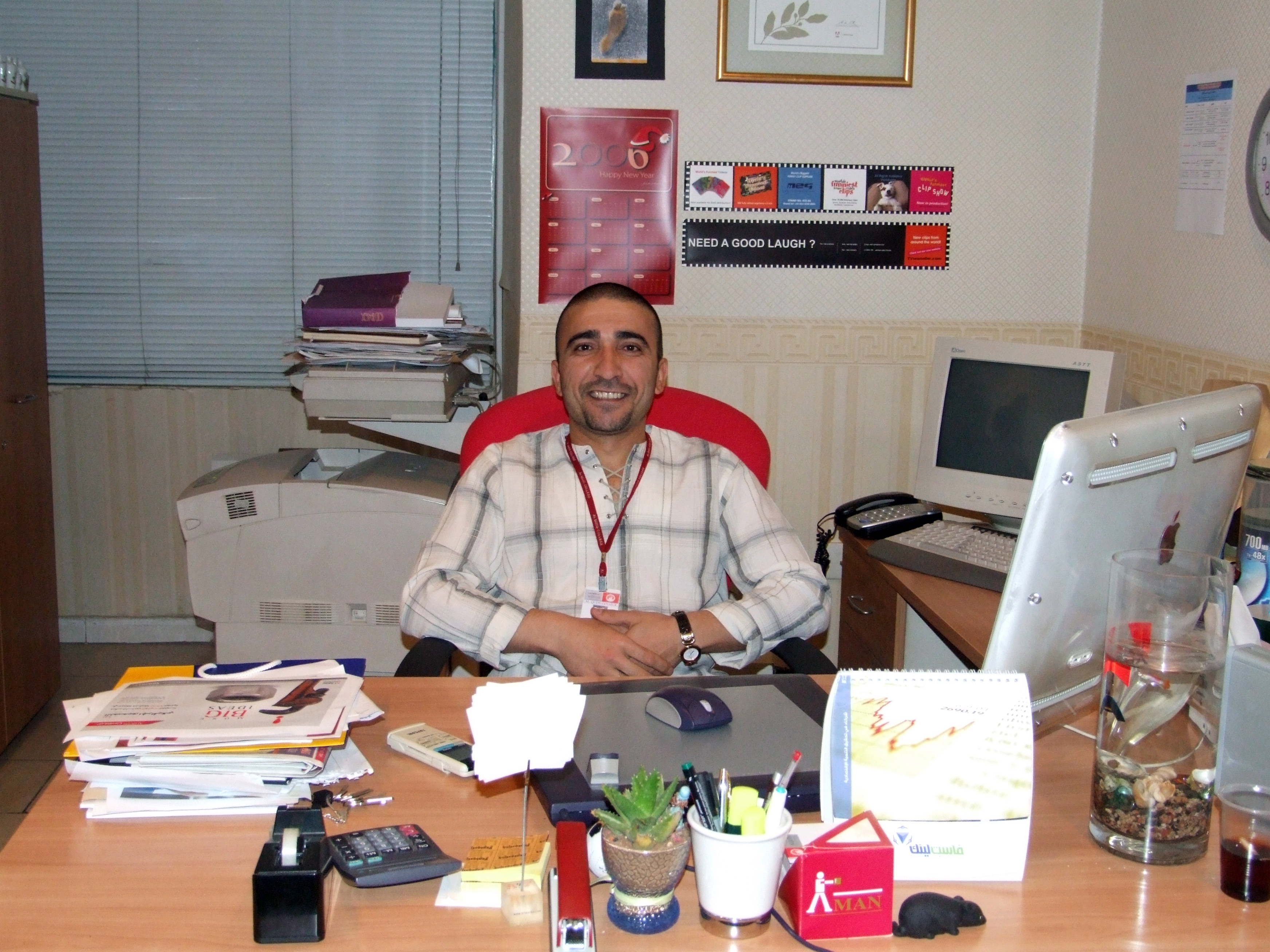by cjxpadmin | May 30, 2013 | June 2013 Magazine
by: lhgould
Resumes in 2013 should be worded short, concise and to the point. Let’s take a few minutes to review new emerging trends for the resume for this upcoming year 2013. The resume still remains the essential tool for your job search but the ever changing explosion of new technology is re-shaping industry demands. The job seeker still needs the traditional resume/CV as a career overview and introduction to employers, recruiters and network contacts.
Here are 20 high points to consider before you start writing your resume.
- One- or two-page resumes for very experienced professionals.
- Writing concise, short paragraphs with brief lists with bullets and good organizational strategies so the resume can be easily skimmed.
- Use strong merchandising and positioning strategies to bring the most relevant information to the forefront. (You may want to consider inserting a “Career Highlights” section with your most high level accomplishments in the header of your resume. Highlight your “Unique Selling Propositions”, those attributes that distinguish you from the competition.)
- Critical: Creating a strong impact “in the profile” or top half of the 1st page of the resume. This is especially important in competitive employment markets. (Creating a personal brand is the key to attracting hiring managers).
- Emergence of Micro Resumes at the Executive Level featuring primary talking points; those are nothing longer than a tweet.
- Online formatting moving from .txt to .doc files to ensure integrity of both content and format on some websites and databases.
- SMART Phones are changing everything from the way hiring managers are reading resumes. Readability is a major problem so to accommodate formatting is Key!! Messaging should be condensed and concise with good headlines. (Readability for mobile devices/smart phones, top to bottom scrolling).
- Twitter has become a viable medium for resume messaging. Savvy job seekers communicate their “Unique Selling Propositions” and brand in Twitres@twit_res, a series of 10 tweets (each 140 characters). Combine message with your cohesive overview of core qualifications and values.
- Resume needs to be ATS (Applicant Tracking Systems) Savvy. Formatting is being scaled back (straightforward and simple formatting for best results) and text being carefully selected to optimize keyword identification and search engine capabilities.
- Shorter resume drive greater demand for addenda. Project highlights, client/engagement highlights, leadership, bios, technology profiles and other in-depth documents. (Post these documents to your LinkedIn or Website where people can view your work.)
- Paper still important. In-person meetings best to have nicely printed copy of your resume.
- Resumes become portals to blogs, web pages and portfolios. Increased inclusion of URL’s and QR (Quick Response) codes to link readers to additional materials about the job seeker.
- Resume “extras” are important to distinguish you from the pack. Personal brand should include community service, civic background, continuing education, professional development, multicultural attributes/experiences and qualifiers that establish character and personality.
- Add Powerful 3rd Party Testimonials or Endorsements to near the top of the resume. (You can pull from your personal recommendations LinkedIn page, but add the source name/position.
- Applicant Tracking Systems Evolving: to the point that they now search for the rare (rather than the common) keywords and phrases. Monster.com and other jobs boards offer services to help resumes rise to the top. Some of the services include: Web-based software that assesses resumes for keyword matches compared against job listings. Look for companies such as Paptel @ http://www.preptel.com/.
- Consider using a free cloud generator as part of your branding. Check out Wordle@http://www.wordle.net/.
- Twitter Generation: Write short brand statements and all marketing communications.
- Consider mailing a high-quality paper resume along with customized cover letter. People still open mail.
- Resumes slowly being replaced by online communications such as LinkedIn.
- Show competencies, skills and experience through chunks of time (3 years, 18 months) rather than dates so as it translates experience into meaningful terms and a cohesive relevant background for employer. △
Credit: Resume Tips for 2013

by cjxpadmin | May 30, 2013 | June 2013 Magazine, This Issue's FEATURE
By Contributing Writer
A new year has begun and that means new job hunting trends. While the resume has also played an important role, there are also new trends to which we must pay attention. The most important thing to remember in writing your resume is that 2013 is the year of showing, not telling. What are some other resume writing trends for this year?
2013 Resume Writing Trends
If you want to write a resume that will help you stand out, you should pay attention to these tips:
1. Social Resumes
If you are serious about landing a job in 2013, then you’ll have to realize that resumes are no longer static pieces of paper. One of the most important changes in 2013 is the sociability of resumes. Resumes are becoming living entities online. Social Media means that the type of communication between hiring managers and prospective employees has also changed, is more direct and closer.
Prospective employees have the opportunity to interact with, and sometimes befriend, hiring managers before applying for a position. Companies are increasingly likely to use social networks and your social media accounts are now the true first impression.
2. Twitter
The popularity of Twitter is growing astronomically. The good news is that you are probably already on it. Job seekers can harness the power of a tweet by explaining why they are an excellent candidate in 140 characters or less.
Fortunately, you have 160 characters to describe yourself in your Twitter biography. Your Twitter biography section is the online version of your elevator pitch. If you find the task of condensing your qualifications daunting, then you just have to view this as an opportunity.
It is your opportunity to figure out what really makes you different. Brands refer to this as their Unique Selling Proposition (USP). Twitter is your chance to figure out your USP and develop your personal brand. Once you’ve hooked your prospective employee with your amazing biography, then you need to link your website, resume or other professional networking site, i.e. LinkedIn.
3. QR Codes
If you are applying for a technology-related position, then QR codes might help you stand out. A QR code is that small, square, barcode-looking image that you’ve probably seen in publications, advertising, and some product packaging. It shows that are aware of technology trends and that you know how to use them too.
It’s not mandatory, of course, but it can be a good way to add some coolness factor to your resume and make it stand out from the crowd.
Some tips for using QR codes on your resume:
- Take into consideration the type of position and the “audience”: QR codes will be more accepted by marketing-oriented employers
- Include your website’s URL in addition to the QR code
- Make sure that the website to which your QR code goes is fully accessible and mobile-friendly.
4. Infographics
A picture is worth 1000 words. Infographics are popping up everywhere online and on print. Candidates most likely applying for visual or creative positions can use the popularity of infographics to highlight their qualifications and skills.
Since infographic resumes do not cover in-depth details (they tend to be more simplistic than the standard resume), job seekers can use them to supplement their resume. In some cases, an infographic resume could catch the employer’s attention, but probably they will never replace the traditional text CV.
5. Other Useful Tips
Resumes should always be targeted, specific and quantifiable. Make sure that your resume is not only tailored to the position that you are applying to, but it should also be tailored to the company that you are applying to. Numbers, figures and percentages show what you can do. Quantifying your experience, where possible, also makes you appear more professional.
Hate to break it to you, but the standard “References Available Upon Request” is really outdated. Instead of using that overused phrase, consider showing managers what others have to say about you in 2013. You can pull your strongest third party testimonials and put them at the very top of your resume. The easiest place to find testimonials is from LinkedIn recommendations.
The debate of one- or two-page resumes continues. If you are making a resume that is tailored to that specific job description and company, then hiring managers can overlook the length. Edit your resume, where necessary. Hiring managers are busy and have limited time. An important tip is to make sure that your resume is readable on a computer and another mobile device.
Try reading your resume on a phone or tablet because hiring managers can quite possibly be reviewing your resume on a mobile device. Readability with bullets, bold fonts and short paragraphs matter more than resume length. △
Jose Sanchez has been a resume writer and career advisor since 1999. He writes and shares content related to resume writing, job interview questions, and cover Letters. Managing editor for resumetemplates.org.

by cjxpadmin | May 30, 2013 | June 2013 Magazine, This Issue's FEATURE
By Sheena Williams
When you are out looking for a job, there are some things that go unspoken when you’re on the hunt, which is really too bad because they are things that are really basic, but they make a large impact on how you are perceived by future employers. Don’t worry though. We are going to say them out loud so you’ll keep them in mind when looking for a job.
Hand Shaking
This is very important as you only have one chance to make a first impression. Make sure that you shake with your right hand, and give a firm handshake without squeezing too hard. A firm handshake communicates confidence while squeezing is seen as aggressive. No cupping the hand when you shake, as it can be seen as condescending. Keep it brief, but long enough for you and the interviewer to introduce yourselves.
Standing
When someone enters the room, regardless of the gender, you should stand and greet them. Smile, rise, and greet them with your new-patented handshake and confidently introduce yourself. In the world of work, confidence is key and if you can’t make them believe you’re confident and that you’re right for the job from the get-go, then it’s going to be an uphill climb from there.
Business Cards
Do not pocket the card right away when you are handed one. It appears dismissive. Smile, thank them, and politely take the time to read the card over. Review it for a few moments. Confirm or ask any pertinent questions while memorizing their name. Then put it away.
Cell Phone
Always silence your cell phone prior to any meeting or perhaps, put it on vibrate. During the interview, what you are trying to accomplish is that you give the impression that nothing is more important then what is going on at that moment. Constantly ringing phones not only interrupt your possible employer, it interrupts the whole interview.
Thank You Notes
Always follow up with a thank you note. This is a good idea for those of you with itchy call fingers. Not only does it make you stand out, it also leaves your meeting fresh in the employer’s mind without being pushy. It also keeps you from burning bridges. Even if you decide not to take the job (which can happen), a simple thank you for the opportunity can go a long way.
Calling
One of the things that you should have gotten, or at the very least politely asked about, was a length in time in which they would let you know if you got the job. Do not call everyday afterward. Follow-ups are important, but don’t call until the time frame is up. You want to appear excited about the opportunity, but not annoying to anyone who is still reviewing your resume.
Dress
Always dress appropriately for an interview and bring a smile with you. Even if your interview has been scheduled on a casual Friday, dress appropriately anyway. If you are going to get a job digging ditches, dress appropriately for that appointment. You are selling yourself and you are getting the chance to market yourself to someone who is hopefully going to be paying for your skills. You and your resume deserve to be presented in the best possible way.
Voice Mail
If it’s cute, funny, religious, political, suggestive, has kids chanting, or has music in the background… lose it. It may be great for grandma to hear the kids singing the caroling of the bells for five minutes before she can leave a message, but for an employer, it’s annoying and it’s a waste of time. Try to keep it short, to the point, and professional.
Phone Calls
Be clear, be confident, be polite, and identify yourself. The first two things that should fall from your lips over the phone should be your name and the reason you are calling or the person you are trying to reach.
Putting the Employer On Hold On the Phone
It is not okay to put a possible employer on hold. If you are getting another call while you are conversing with the employer, it can go into your voice mail. If the employer is calling, that means they are interested in speaking to you. Do not stop the gravy train before it has left the station by putting them on hold because Aunt Flo just had to tell you about what Timmy did last weekend. Those individuals who know that you are on a job hunt will understand when you get back to them.
Politeness
When going into a new work environment, make it a point to be polite to everyone! That means everyone. If the janitor says hello, you return the hello. If the secretary smiles and asks how your day is, you tell her it’s marvelous. If she just looks you up and down and sniffs, smile and ask how her day is going. You never know who knows who or who is related to whom, or even how close these people are to the person you’re hoping to work for. Not only will they be helpful in getting any information you may need, they are very likely to report any mishaps in your behavior to your future employer. In other words, just be nice, smile and treat everyone as you would like to be treated. Why? Because it’s just the right thing to do!
Now that you’re all prepared for the interview, go out there and get that job! △

by cjxpadmin | May 30, 2013 | June 2013 Magazine, This Issue's FEATURE
Body Language
By Sheena Williams
Reading people is an art that has been around for ages. Watching the way others move can tell you a lot about what they are thinking and what they are trying to say. If you watch your employer when he/she speaks to staff, you can look for certain things that may help you decide how to tread in the situation you mind find yourself in.
Keep in mind that body language is not an exact science. Some movements are different based on things like age, gender, culture, ethnicity, or location. No simple body language tells the whole story. There are plenty of outside factors that can affect a reading. We are just going to go over a few that are most common across the board to give you something to watch for when you are in an interview.
- Looking Left: This usually means they are trying to recall something.
- Direct Eye Contact: This could be honesty or faked honesty.
- Widening Eyes: Interest, appeal, or invitation could reflect this.
- Laughter: This could say there is a bit of relaxation around.
- Lip Biting: This is definitely built up tension.
- Chewing a Pen or Pencil: Mostly, this is self-comforting.
- Pursed Lips: This could signify thoughtful or upset.
- Slow Head Nodding: Perhaps this is attentive listening.
- Rapid Head Nodding: Hurry up or impatience is the meaning of this.
- Head Down: Most likely, this means negative or disinterested.
- Chin Up: Oh, most definitely pride and confidence.
- Crossed Arms: This means defensive or reluctant.
- Crossed Arms with Fist: Hostile defensiveness comes to mind.
- Hand Over Heart: This is someone seeking to be believed.
- Finger Pointing: This is aggressive action or speech.
- Hand Chop: This definitely means the last word on the matter.
- Fingertips Touching: This action means thoughtfulness.
- Ear Tugging: This tends to be Indecisive.
- Pumping Handshake: This means plenty of enthusiasm.
- Firm Handshake: No doubt, outward confidence.
Though this is a very short list of possible body signals, we have included a link if you would like to learn more. So good luck with your interview. Hopefully you’ll have a fist pumping, eye widening experience! △
More information can be located here: http://www.businessballs.com/body-language.htm
by cjxpadmin | May 30, 2013 | June 2013 Magazine, Uncategorized
By ALISON GREEN
March 6, 2013 RSS Feed Print
While you can never predict with certainty exactly what questions you’ll be asked in a job interview, some questions get asked so frequently that you’d be foolish not to prepare answers for them in advance. Here are five of the questions that you’ll most likely be asked.
(And even if these don’t come up, you’ll be better prepared by having rehearsed your answers to them, because you can easily weave them into the conversation to engage and impress your interviewer.)
What interests you about this job? It sounds obvious, but a surprising number of candidates don’t have a thoughtful answer prepared for this. Interviewers want to hire people who have carefully thought through whether this is a job they want and have concluded that yes, they’d be excited to do the work. If you flounder when asked about your interest and can’t explain why you’re enthused at the prospect of this particular work, you’re likely to get struck from the hiring manager’s list.
Why do you think you would do well at this job? The best answers to this question point to past experiences and skills that position you to excel at the work. You want to know your answer to this question backward and forward before walking into your interview … because if you can’t make a compelling case for why you’d be fantastic in the role you’re applying for, it’s unlikely that the interviewer is going to take the time to piece one together on her own.
What has been one of your biggest achievements? Savvy interviewers ask this question because they want to hear what you can achieve when you’re at the top of your game—and whether you’ve had many achievements at all. And moreover, even if your interviewer doesn’t ask this particular question, preparing an answer is still helpful, because you may work it into your responses to other questions. Being able to talk fluently about your achievements is a key way to show that you’re someone who produces outstanding results, rather than someone who simply does the bare minimum.
Tell me about a time when __________. Fill in the blank with situations relevant to the position. For instance: Tell me about a time when you had to take initiative … you had to deal with a difficult customer … you had to respond to a crisis … you had to give difficult feedback to an employee … You get the idea.
These types of questions—known as behavioral interview questions—probe into what you’ve done in the past, not what you say you’d do in the future. It’s key to prepare in advance for these questions, so that you’re not struggling to come up with examples off the cuff. That means that ahead of your interview, you should brainstorm about what skills you’re likely to need in the job and what challenges you’re likely to face. Then, think about what examples from your past you can point to as evidence that you can meet those needs. Talk yourself through how you’d present them in answer to these questions, making sure that you cover what challenge you faced, how you responded, and the outcome you achieved.
What salary are you looking for? If you don’t prepare for this question, you risk low-balling yourself or saying something that will harm you in salary negotiations later. Don’t let this question catch you off-guard; prepare for it ahead of time so that your answer works to your advantage. △
Alison Green writes the popular Ask a Manager blog, where she dispenses advice on career, job search, and management issues. She’s also the co-author of Managing to Change the World: The Nonprofit Manager’s Guide to Getting Results, and former chief of staff of a successful nonprofit organization, where she oversaw day-to-day staff management, hiring, firing, and employee development.



